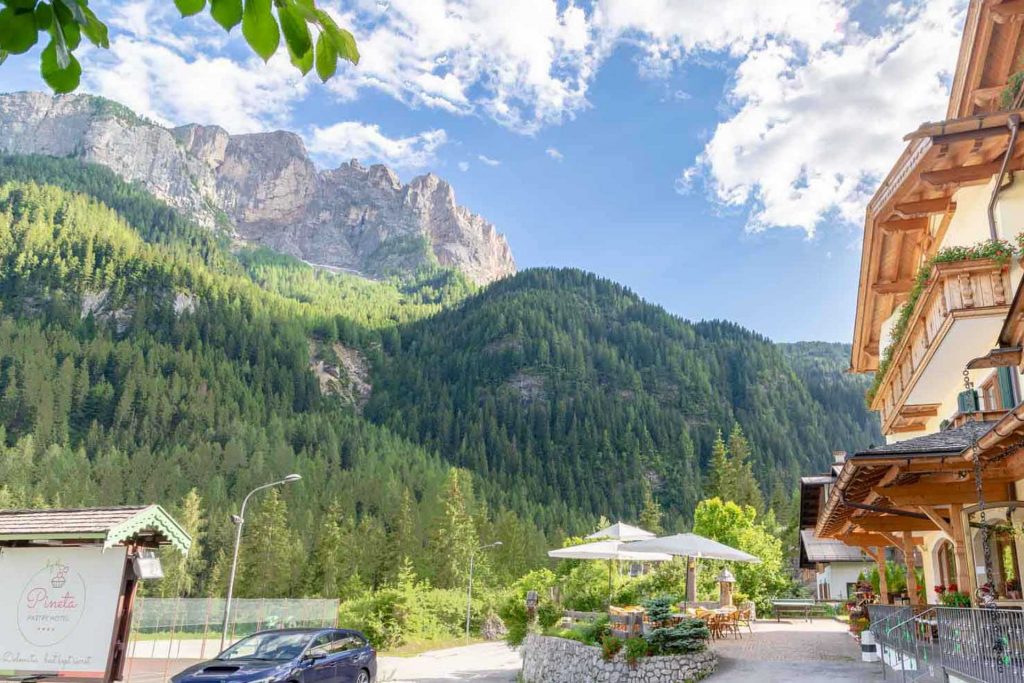Discovering the Dolomites
A magnificent natural treasure chest that contains exceptional treasures
The Pineta Pastry Hotel is the sweetest secret kept by the Belluno Dolomites , but certainly not the only one.
In fact, among their imposing peaks there is a multitude of natural , historical and cultural treasures.
It is therefore no coincidence that since 2009 UNESCO has declared the Dolomites a World Natural Heritage Site, recognizing their landscape value and scientific importance, particularly at a geological level.
Despite being a unitary whole, the Dolomites are divided into nine different mountain systems that extend to touch five provinces : Belluno, Bolzano, Pordenone, Trento and Udine.
The 9 Dolomites UNESCO heritage groups:
- Pelmo – Croda da Lago
- Marmolada
- Pale di San Martino, San Lucano, Belluno Dolomites , Vetta Feltrina
- Friulian Dolomites and Oltre Piave
- Northern Dolomites
- Puez-Odle
- Sciliar-Catinaccio, Latemar
- Bletterbach
- Brenta Dolomites
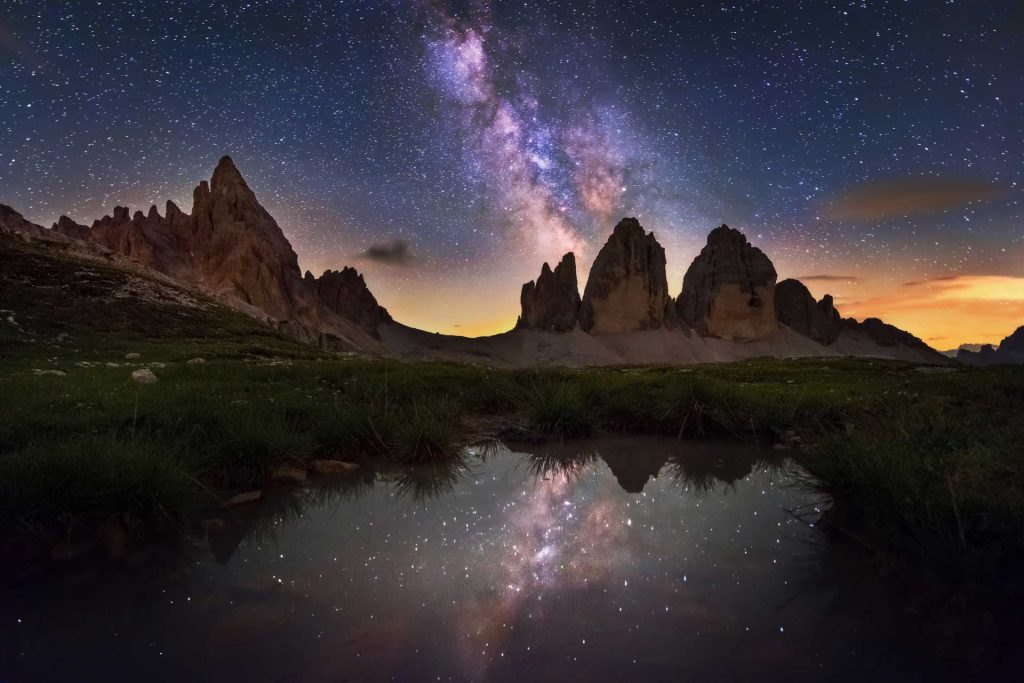
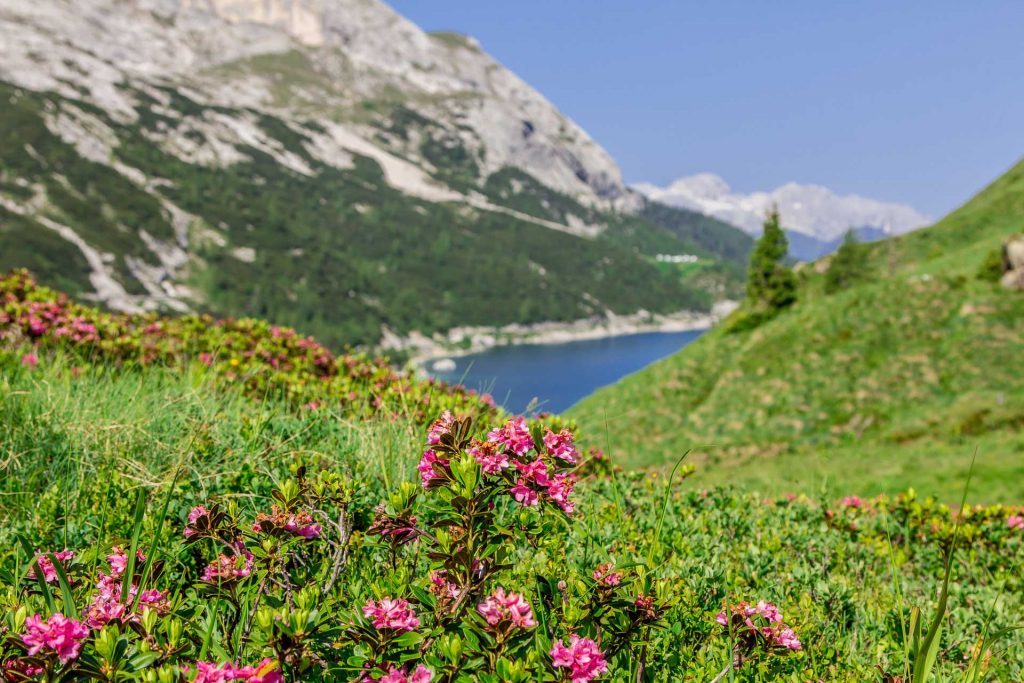
Landscapes and biodiversity: the natural treasures of the Dolomites
The majestic limestone concretions that form the Belluno Dolomites are already in themselves a natural treasure. Gems such as the Tre Cime di Lavaredo , Mount Civetta and the Marmolada attract tourists from all over the world to the Belluno Dolomites, in every season.
To make them even more magical is the enrosadira , the geological phenomenon that at dusk lights up the Dolomite walls in fiery shades of red, pink and purple.
Among the “Pale Mountains” there are naturalistic sanctuaries of great importance, such as the National Park of the Belluno Dolomites and the Natural Park of the Ampezzo Dolomites . The vegetation of these areas, consisting of broad-leaved trees and conifers alternating with large pastures and enriched by rhododendrons, thistles and edelweiss , offers an almost uncontaminated habitat to a very varied fauna, in some cases even rare. Among the species that can be encountered in the Belluno Dolomites there are marmots and deer, newts and horned vipers, golden eagles and some endangered species such as the alpine finch.
From the Mesolithic to the Great War: history in the Dolomites
If you are sensitive to the charm of the past, in the Belluno Dolomites you can travel in time, retracing the history from the Mesolithic to the First World War.
These mountains, in fact, are a cornucopia of historical and archaeological finds. For example, in Selva di Cadore there is the Vittorino Cazzetta Museum , which houses the famous finds of the Mondeval Man dating back to the Mesolithic era, as well as numerous other testimonies of historical and geological value.
Just 15 minutes from our hotel you will find the Fursil mines which, according to the testimony of Frederick Barbarossa , starting from 1177 provided an important economic boost to all the surrounding territories until their definitive closure in 1945.
An attraction not to be missed is the Museum of the Great War , which testifies with a rich collection of finds to the fierce battles that raged on the Dolomite front between 1915 and 1918.
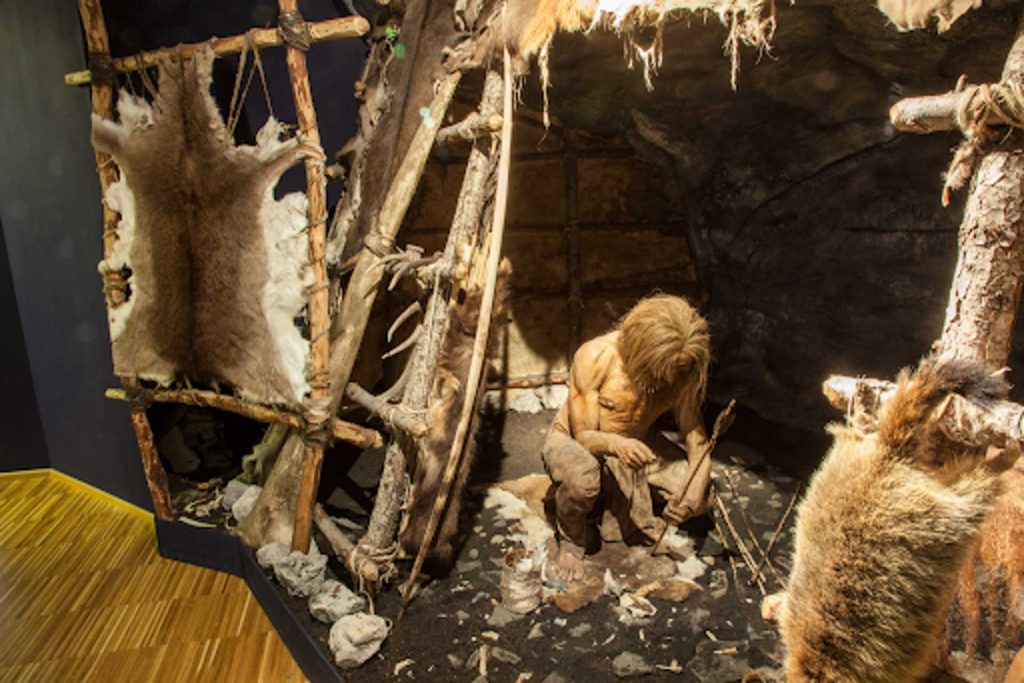
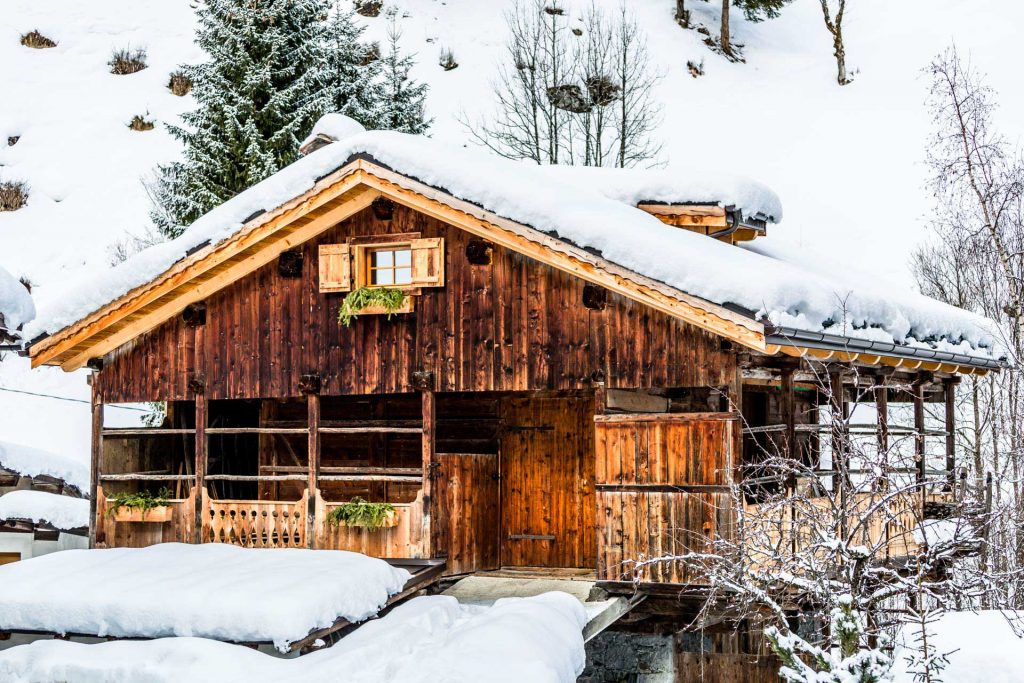
Between legend and traditions: the culture of the Dolomites
Thanks to the suggestive charm of the Belluno Dolomites, this area has always been fertile ground for the flourishing of numerous legends . One of the best known concerns the enrosadira and tells the story of the wonderful rose garden of King Laurino (“Rosengarten” in German is also the name of the Catinaccio massif), which due to a curse becomes visible only at dusk.
From the Catinaccio / Rosengarten to Lake Misurina to the Marmolada glacier , each of the most evocative points of the Dolomites boasts its own legend.
But the culture of the Dolomite populations can also be explored in the real world, for example by visiting the numerous museums, castles and churches in the area, as well as the typical craft shops full of exquisite works, especially sculptures in wood and wrought iron , expressions of a centuries-old artisan tradition.








